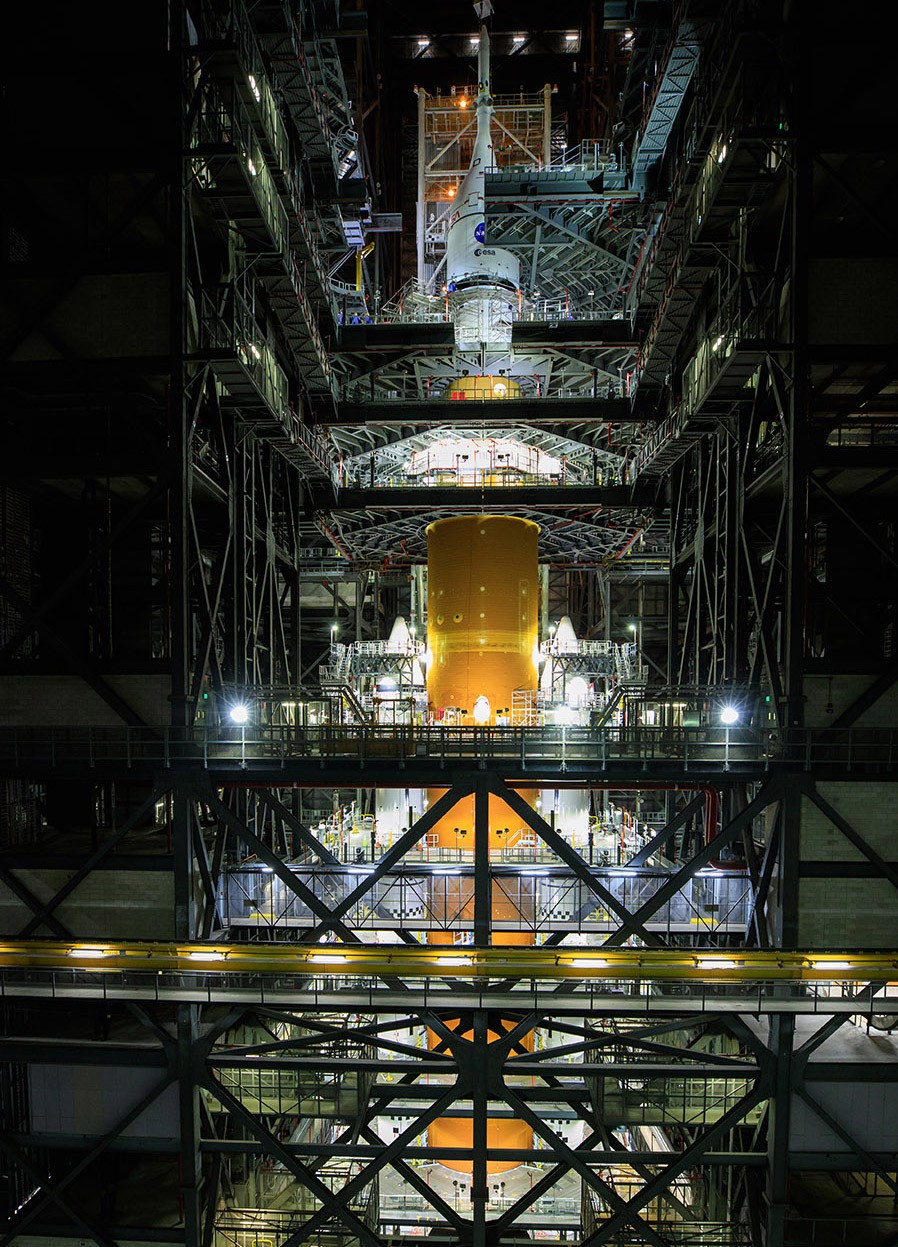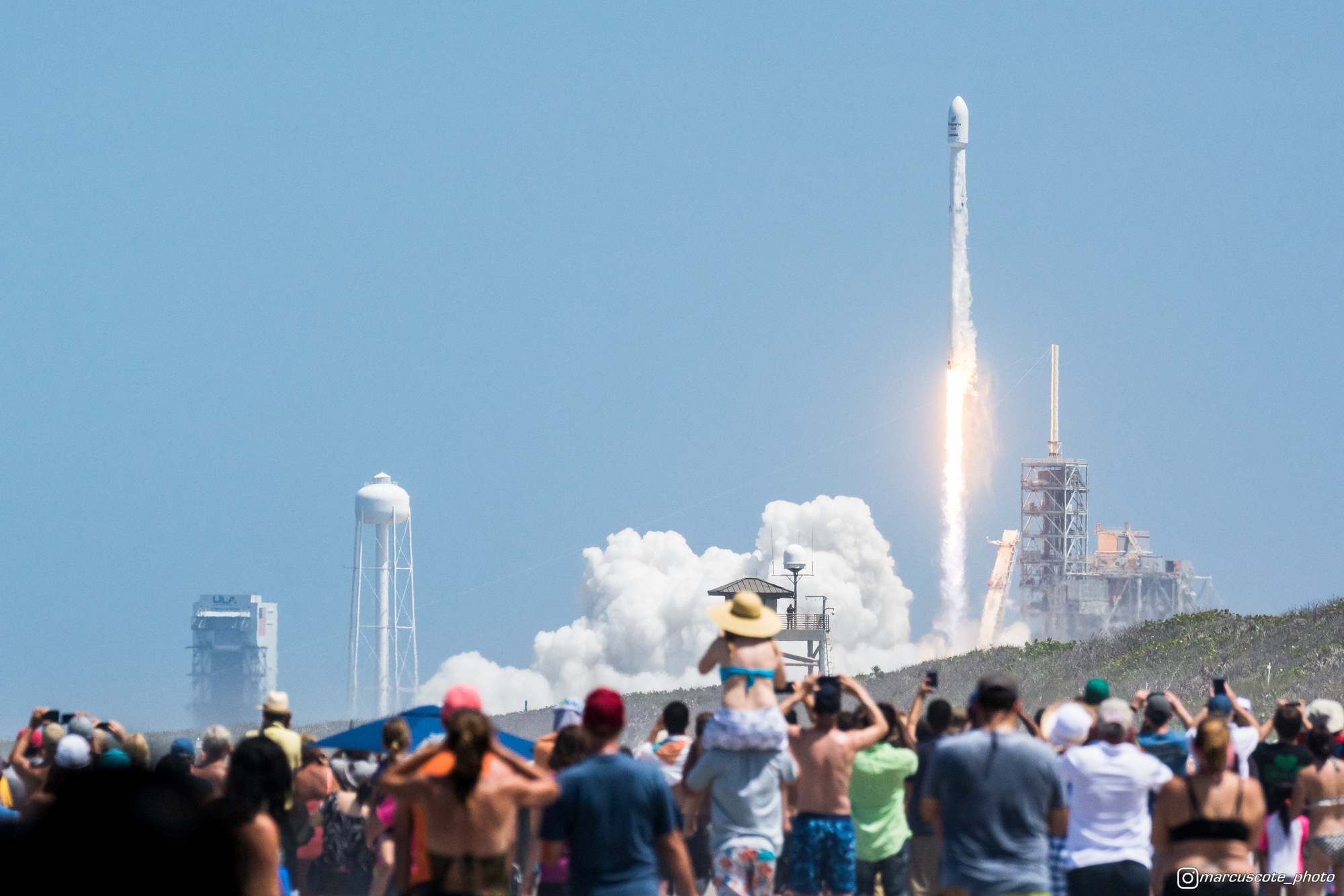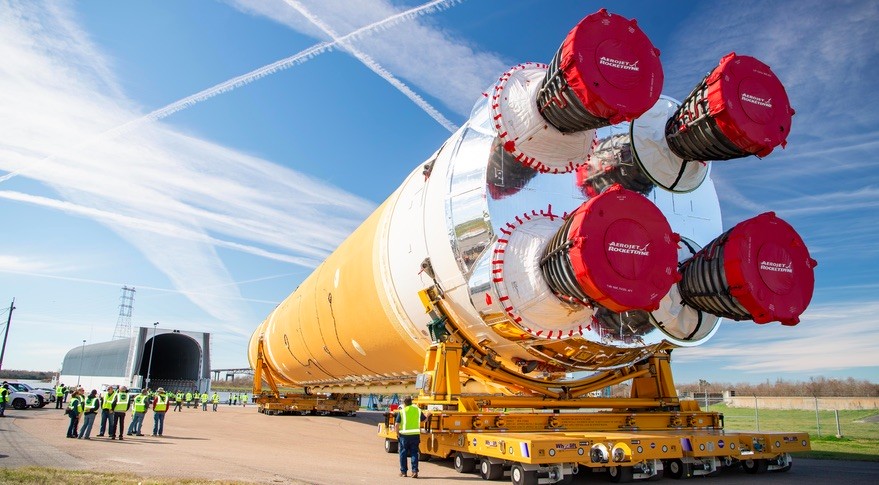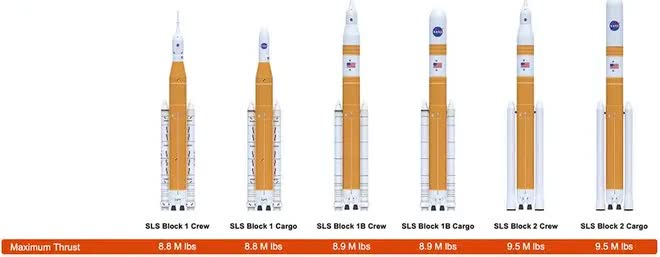The thrust of the American super rocket is about to launch in August: A feast for all the senses!
- Tram Ho
The most powerful SLS rocket in NASA’s history is expected to make its first mission at the end of August 2022 – Marking the time to open a new era called Artemis: Exploring the Moon in the 21st Century .
The Space Launch System (SLS) rocket – also known by NASA as Mega Moon – is 98 meters tall, the most powerful rocket ever built by NASA.
The SLS will leave the launch pad with a thrust of 4,450 tons – This is 15% more power than the legendary Apollo-era Saturn V rocket and almost 12% more power than the US Space Shuttle system.
‘PARTY FOR ALL SENSE’
According to NASA, the event of the SLS rocket on the Artemis I mission (the first launch of the SLS) will be performed on August 29, 2022 at 8:33 a.m. Eastern Time (ET).
Putting aside the records that SLS can set after the launch of the Artemis I mission. On the sidelines of this event that is attracting the Western press, observers said: The first official launch of SLS into the air It will be an event that attracts tens or even hundreds of thousands of people to enjoy this ‘party for all senses’.

SLS super rocket and Orion spacecraft (white) stacked in the Vehicle Assembly Building at Kennedy Space Center in Florida, USA. Photo: NASA
A local tourism official told Florida Today that more than 100,000 visitors are expected to come to Florida’s coast on the Space Coast to witness (from a distance) the 2,875-ton rocket as it ascends from launch pad 39B at the Space Coast. Kennedy Space Center, carrying the Orion spacecraft for a 42-day journey around the Moon and back to Earth.
A successful SLS launch would mark the beginning of the Artemis era and potentially set the stage for a repeat crew of the mission (named Artemis II) in 2023; All to ‘clear the way’ for the most important Artemis III mission: Re-landing the Moon in 2025.
The Space Coast is no stranger to large crowds. In the age of the Space Shuttle, it’s not uncommon for half a million people to come to witness an American space launch first-hand, and as Peter Cranis, CEO of the Space Coast Tourism Office, told Florida Today , SpaceX’s Crew Dragons launches are attracting up to 250,000 visitors. Therefore, the number of 100,000 visitors attending the SLS launch event could increase even more.

Visitors witness SpaceX’s Falcon 9 rocket launch from Kennedy Space Center. Photo: Marcuscote / Reddit
Florida Today says there are just over 10,000 hotel rooms and 4,500 resort units in Brevard County. That said, many visitors from the surrounding area, such as from the state of Orlando, will not stay overnight.
For tourists, the Space Coast is really ‘living’ up to its name. In addition to its beautiful beaches, this stretch of the Atlantic coast is now home to a steady stream of space rocket launches. In 2022 alone there have been 32 launches from Kennedy Space Center and Cape Canaveral – a frequency not seen since the 1960s.
Tourists can watch these launches from the beach, in designated areas near the launch pad, and even from a rooftop bar of a nearby building.
SLS: ‘TECHNOLOGY WORLDWIDE’ CONTINUOUSLY IMPROVED
NASA’s Space Launch System is a super-heavy launch vehicle that provides the foundation for human exploration beyond Earth’s orbit. With unprecedented power and capabilities, the SLS is the only rocket that can deliver the Orion spacecraft, astronauts, and cargo directly to the Moon in a single launch.
To date, the SLS is the rocket that can carry more payloads into deep space than any other vehicle in the world.
SLS will send the Orion spacecraft and other cargo to the Moon – nearly 1,000 times farther than where the International Space Station (ISS) flies in Low Earth Orbit (LEO). After leaving the launch pad, SLS will provide ‘monster’ power to help Orion reach a speed of 39,428 km per hour – the speed needed to bring Orion to the Moon.
Considered the launch vehicle for the Artemis era, the SLS rocket was designed to evolve, making it capable of a wider range of missions, including human missions to the Moon and Mars. ; as well as robotic science missions to places like the Moon, Mars, Saturn and Jupiter.
To meet future US needs for deep space missions, the SLS will evolve into increasingly more powerful configurations . All SLS configurations use a core stage with four RS-25 engines.

The core stage of the SLS rocket is being transported to the Stennis Space Center to undergo tests. Source: NASA
The Boeing Company is responsible for building the core stages of the SLS, including the avionics systems that control the vehicle during flight. Over 65 meters high and 8.4 meters in diameter, the core stage of the SLS stores two giant fuel tanks connected together: One holds 891,033 liters of supercooled liquid oxygen; and a second larger tank containing 2,441,250 liters of liquid hydrogen – to fuel the RS-25 engine.
The SLS core stages were built at NASA’s Michoud Assembly Facility in New Orleans using state-of-the-art manufacturing equipment, including the largest friction stir welding tool in the world.
With the core stage of the Artemis rocket completed, Boeing is building core stages for the next Artemis missions.

SLS rocket configurations are continuously improved to improve the ability to carry crew and cargo into deep space as well as different thrust. Source: NASA
Block 1
The first SLS vehicle, called the Block 1 configuration, can send more than 27 tons into lunar orbit.
Block 1 is equipped with two five-segment solid rockets and four RS-25 liquid propellants. After reaching space, SLS’s Interim Cooling Propulsion (ICPS) Phase will send Orion to the Moon. The first three Artemis missions (Artemis I, II, III) will all use a Block 1 configuration with ICPS.
Block 1B
The SLS Block 1B rocket configuration will use a new, more powerful exploration vehicle called the Upper Stage of Discovery (EUS) to carry out more ambitious missions.
The EUS is powered by four RL10C-3 engines that generate nearly four times more thrust than a single RL10B-2 engine powering the ICPS.
The Block 1B vehicle, in a single launch, can carry the Orion crew along with large cargo for the exploration systems needed to support a long-term presence on the Moon. Specifically, Block 1B can put 38 tons into deep space, NASA information.
Block 2
The next SLS configuration, Block 2, will deliver a massive 4,750 tons of thrust; and will be a means of transporting cargo to the Moon, Mars and other deep space destinations.
SLS Block 2 will be designed to send more than 46 tons into deep space. This is a ‘technological wonder’ that could help the US pioneer new human and robotic space exploration missions.
NASA said that SLS is an American rocket with more than 1,100 companies across the US and at every NASA center working together to support the development of the most powerful rocket in the world.
The SLS program, managed by Marshall, works closely with the Orion Program managed by NASA’s Johnson Space Center; and the Exploration Ground System Program, managed at the Kennedy Space Center.
It can be said that SLS is a huge launch pad for the US to carry out deep space missions; helping the US reassert its position as the world’s superpower for space exploration.
And the day SLS officially took off into space is not far away!
Article using source: NASA, Gizmodo
Source : Genk
